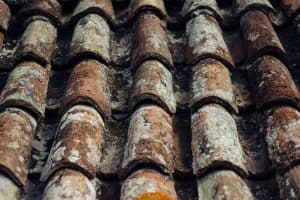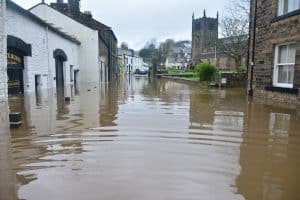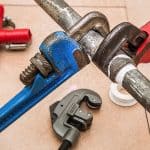Whether you’re dealing with a terrible hurricane, a tropical storm, tornado, earthquake, or a fire, it’s good to be safe. However, resolving a major insurance claim to restore your property can sometimes take years. Since insurance companies aren’t always the most reliable, you should look into hiring a public insurance adjuster. They will be able to assist you in filing an insurance claim after a catastrophe. Therefore, if you, unfortunately, sustained a major loss from natural disasters in Florida, or anywhere else for that matter, keep reading to find out what you should do. There are a few simple tips which you will be able to easily follow!
How to go about filing an insurance claim after a catastrophe
Stay safe
In places with more humid weather, it only takes three to five days for mold to start causing serious problems. Therefore, if you live in places like Houston, New Orleans, or Florida make sure you look into getting a property damage insurance claim. This will save you if your property sustained any kind of water damage, like a flood.
Moreover, you will need a respirator and a safety mask to even enter your property in this situation. This is because flood waters carry seriously dangerous bacteria and viruses that can be very harmful. Also, there is a risk of you being electrocuted by powerlines which aren’t visible. Therefore, no matter how much you want to return home, your safety and health come first. First, make sure you take care of the mold, asbestos, and similar toxic substances, and then you can go home.
Notify the insurance company that you have a claim as soon as possible
If you go about filing an insurance claim after a catastrophe just passed, it’s more likely that the process will be quicker. Namely, you will have a better chance of quickly settling your claim. Also, you are more likely to find a good, local, and high-quality contractor to take care of the aftermath. Therefore, the sooner you settle the claim, the faster you will be able to go back to your normal routine.
Moreover, contact your local agent to file a claim. For example, insurance adjuster Florida can be of good help if you get stuck when filing an insurance claim after a catastrophe. Also, you can research and apply online or even visit your nearest company for help.
Establish a pre-loss and a post-loss condition of your property and belongings
In an ideal situation, you already have pictures and videos of all parts of your house. Most people keep up with this as part of keeping the home insurance up to date. Hopefully, you already have proof of the pre-loss state of your home, especially the roof.
However, if this isn’t the case, start taking pictures and videos now and update them annually. This will be useful in case you change carriers and have a claim. Namely, it is common for your current carrier to argue that you experienced damage before they activate your policy. Therefore, preparing a set of photos and video evidence gives you valid documentation. In this way, you will be able to support your claim and figure out which insurance company is responsible for dealing with your claim.

In case you don’t have any photos or videos of the pre-loss state of your house, don’t fret. You can use your holiday photos, an inspection report, or even an appraisal. Also, if you had your property listed, you can also use MLS photos. Additionally, you can use any receipts for furniture, appliances, any kind of work you have done to your home. These will also be very useful for filing an insurance claim after a catastrophe.
Your policy probably requires you to lower your damages
Namely, your policy probably requires you to mitigate the damages to your house. This means that you should take steps to prevent any further damage to your property. In an example, if you get a hole in your roof, you should have it taped before you get it repaired. Then, if you have serious water damage caused by floods, get in touch with a water damage expert. They will be able to remove the wet sheetrock, insulation, carpets, drywall, and similar. Keep in mind that even the insides of your walls and the ceiling can experience damage due to flooding.

Moreover, if your home is a little older, there is a danger of asbestos. Specifically, it can be in the flooring, the walls, near stoves, fireplaces, and heaters. Since asbestos poses serious health issues its removal is highly regulated. Therefore, make sure you hire people who are experienced professionals in this field of work.
Check out the provisions for ‘loss of use’ and ‘displacement’ in your policy
If your home has major damage, you may not be able to live in it while repairs are in works. Luckily, most insurance policies cover living expenses. However, this seldom lasts more than one year. This usually means you will be in a race to finish repairs before the living expense money runs out. Keep in mind that if you didn’t purchase flood insurance, you cannot receive living expenses in relation to flood damage. Furthermore, look into working with a seasoned local contractor who is willing to warrant his work.

Examine if there is ‘cash’ or ‘replacement’ value in your policy
Whether or not your home has damage, take a look into your current insurance policy. Specifically, check if you have “cash” or “replacement” value when you file for a claim. Namely, a cash value policy means you only get money in the amount of the value of the lost property. Whereas a replacement value policy covers the full cost of replacements. Obviously, replacement value policies are a better choice. Therefore, if your current policy doesn’t include a replacement value, look into getting one before a potential catastrophe and then filing an insurance claim after a catastrophe will be easier.





